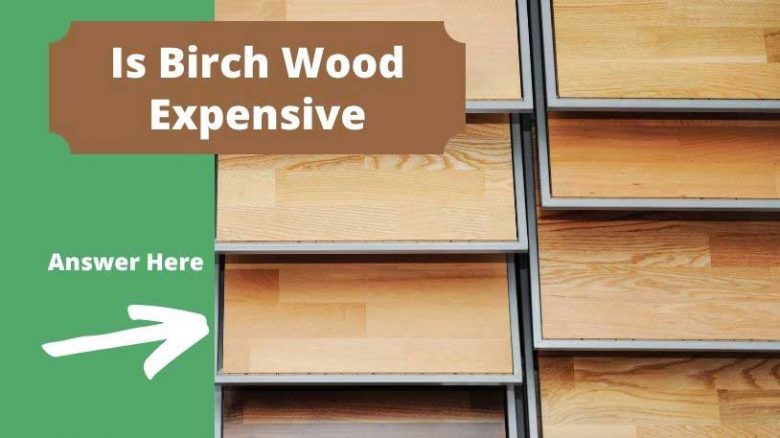Figuring out if birchwood is your best choice for furniture or a project can be challenging. Birchwood is only one of many options available on the market to suit your needs, but is Birchwood furniture expensive?
Birchwood can be rather expensive, but it also has better quality than most other wood options available. It is also incredibly reliable and durable. Birchwood is similar to maple wood and can cost a lot more money than typical consumers may be able to afford. Birchwood, however, does have a beautiful finish.
Whether or not you need birchwood for a home improvement project or a beautiful piece of furniture, this wood variety can suit your needs. However, it may cost a good chunk of your wallet. Here, we will explore everything you need to know about birch wood, its cost, and what uses best suit this type of wood.
Birch Wood Is on the Expensive End
Birchwood can cost nearly seven United States dollars for each board foot, making Birchwood furniture expensive. Some birchwood furniture pieces can cost several hundred dollars.
This cost makes birch wood one of the most expensive wood options available. However, birch wood is also available globally, making it accessible in any region.
Where Does Birch Wood Come From
Most birch wood comes from silver or yellow birch trees that grow in Northern United States forests. However, there are many different types of birch trees, including the following:
- River Birch
- PaperBirch
- Himalayan Birch
- Swamp Birch
- Japanese White Birch
- Red Birch
Each tree has its own merits, but some birch trees are not big enough to produce wood on a large scale.
What Other Wood Options Are Available
Birchwood is only one of the many options available for wood. There are dozens of options to choose from, all with advantages and disadvantages. Some of these options include the following:
- Oak Wood
- Maple Wood
- Walnut Wood
- Cherry Wood
- Poplar Wood
What Are the Best Uses for Birch Wood
Birchwood is a visually appealing wood variety that offers many uses and can suit many needs. However, it can be hard to know which projects are best suited for birch wood. What projects and furniture should you purchase in Birchwood or build using Birchwood?
Flooring
Using birch wood for flooring can add an elegant and sophisticated look to your home without worrying about the wood being damaged by inclement weather or outside forces. However, you will want to put a mat at your front door to prevent any excess rainwater or other debris from damaging the birch wood at the entryways.
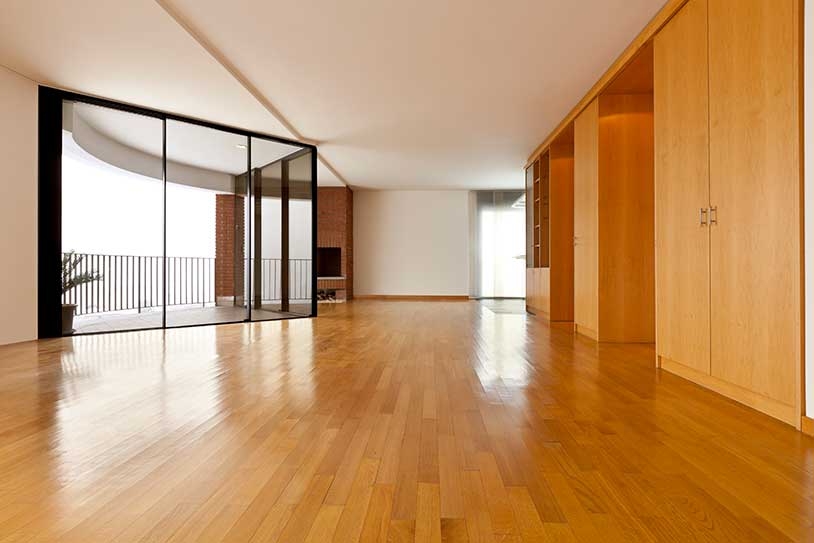
Cabinets
Cabinets are a perfect choice for birchwood since they are protected within the home and will not be exposed to the outdoors, which can damage birchwood and cause decay or rot. Ensure that your birch wood cabinets are not near the stove and will not be in contact with steam or other moisture.
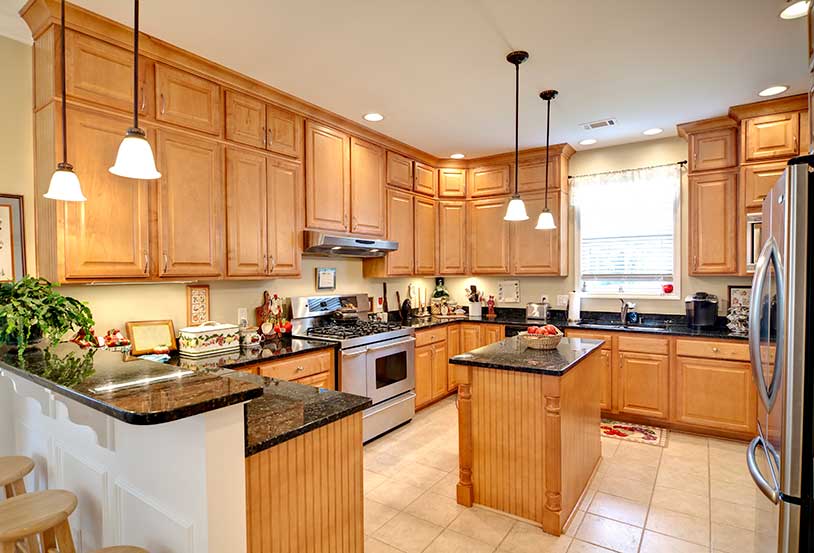
Chairs
Chairs often need some flexibility to make them comfortable, and birch wood is one of the most flexible wood varieties. Birchwood is effective for making the most comfortable and durable seating.
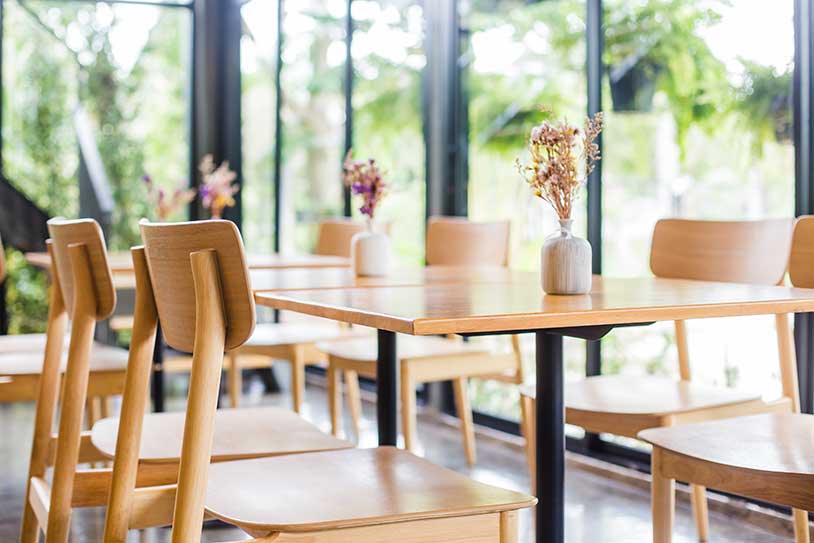
Shelving Units
Birchwood planks and plywood are durable and sturdy. You will never have to worry about the shelving unit collapsing into tiny bits. Ensure that all screws are intact and that all plywood planks are without imperfections.
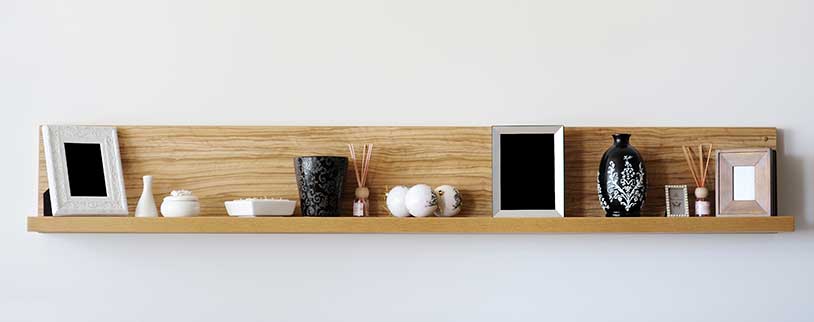
Headboards and Bed Frames
Bed frames and headboards must be sturdy and secure to keep you and your family safe. Birchwood is ideal for making a bed frame and headboard to last for decades.
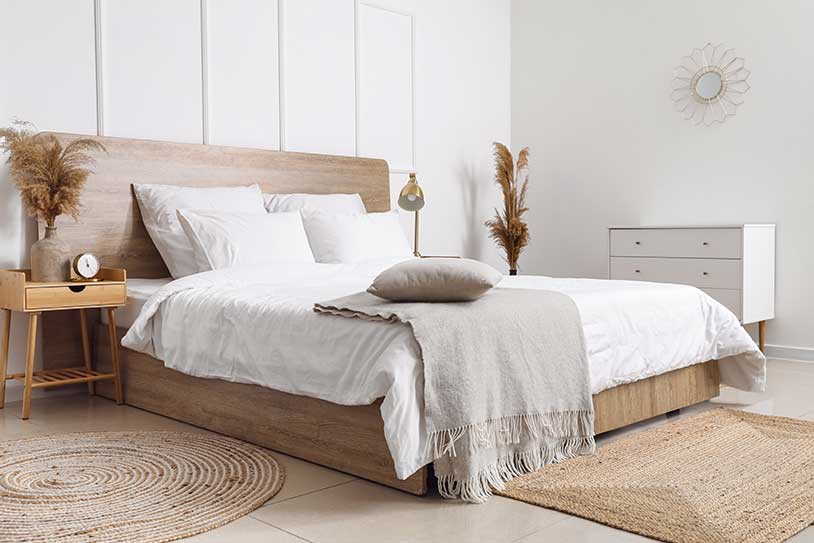
The Advantages of Birch Wood
Birchwood is incredibly sturdy, strong, and reliable. When treated with care, items made with birch wood can last for decades. Birchwood also stains well and can retain the color of a stain without dulling much.
Birchwood has an appealing pattern of straight wood grain and is resistant to decay, unlike other wood alternatives. Using birchwood means that your furniture and other items made of birchwood will not rot or fall apart after decades of use.
Birchwood is also the most flexible wood option on the market, making it a clear choice for elaborate furniture and household items that require elegant and complex designs.
Related: Staining Birch Wood
What Are the Disadvantages of Birch Wood
While birch wood is ideal for many uses and has a large variety of positives, it also has some disadvantages. However, the most notable of these disadvantages is that birch wood is susceptible to weather damage, unlike other wood varieties. After exposure to weather, humid environments, or outdoorsy and tropical locations, birch wood can start to rot in just a few weeks or months.
Additionally, birch wood is attractive to a bug called borer. These bugs will dig tunnels and holes into tree trunks and branches to make a home. Birchwood furniture can be a comfortable location for these bugs, which will likely cause an infestation.
Thankfully, these bugs will go away on their own as the weather gets colder, but you can also vacuum them away or pluck them up and place them outside.
Birch Wood Is Durable
Birchwood is an incredibly durable and high-quality wood option for home furniture, arts and crafts needs, or other projects. Not only is the coloration beautiful, but birch wood stains wonderfully and can offer your home appealing aesthetics that are visually satisfying.
However, birchwood does not do well outside. Although expensive, this wood is best used indoors and away from the harsh elements and inclement weather. Birchwood does best in dry, colder regions. Typically, residents of the northern United States can appreciate the full extent of birch wood without worrying about it being damaged, rotting, or losing structural integrity.
Birchwood, although expensive at almost seven dollars per board foot, offers a unique and vibrant coloration and scent to a home, patioed garden, or other protected location. Thankfully, birch trees are only the beginning. With scientific genome research, humans in the future may be able to experience all the sturdy benefits of birch trees without the disadvantages of weather damage.
In the meantime, birch wood is a perfect choice for many projects and needs.

